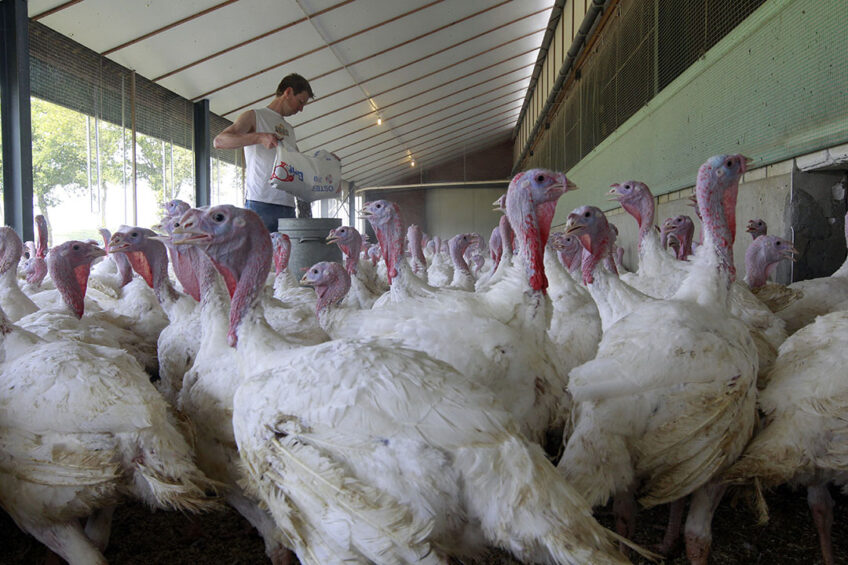Boosting turkey reproductive output

A research team in the US has received a US$?500,000 grant to develop strategies to overcome the constraints that the seasonal cycle imposes on the reproductive output of turkey hens.
In agricultural systems such as turkey production, the day-length timing mechanism that regulates reproduction can impede animal production because it provides only a seasonal window when an animal is able to reproduce, according to Paul Bartell, lead researcher of the Penn State University research team and associate professor of avian biology at the College of Agricultural Sciences. “In this research we seek to identify the mechanisms in the brain of turkey hens underlying photoperiodism, so that we can develop methods to overcome the constraints that the seasonal cycle puts on their reproductive output,” he says.
Reproduction in turkeys is initiated by increased day length and becomes limited by the onset of ‘broodiness’, eventually resulting in the termination of egg laying. Hens lose their sensitivity to the effects of long days which stimulate reproductivity, even under ever-increasing day lengths. This loss of productivity is costly as the birds must be cared for until they come back into production again.
Discovering a turkey’s brain
Photoperiodic information is sensed directly in a bird’s brain by specialised photoreceptors. Scientists have suggested several brain areas where these photoreceptors may be located, although the precise site (or sites) of these photoreceptors is, in fact, unknown, says Bartell, whose research team will attempt to discover the neuronal mechanisms and hypothalamic structures involved in the photoperiodic regulation of reproduction in turkey hens.
Functional oils as alternative growth promoters in turkeys
With relatively high use of antibiotic growth promoters, turkey production is in the cross hairs. Read more…
In the study researchers will compare these brain areas prior to photoperiodic activation, during egg laying and during broodiness to understand how the brains of turkey hens change to regulate the reproductive cycle. These findings will pave the way for the development of strategies to mitigate production inefficiency due to the limited laying period resulting from photoperiodic insensitivity.
“We will use immunohistological, autoradiography and MRI techniques to identify the brain areas responsible for light-sensing and the neuronal pathways that are activated during photostimulation to carry photic information to the pituitary,” says Bartell. “We will also employ electrophysiological techniques to understand the type of neuronal signals produced and the neurons involved in their production to provide a target for future modulation of reproductive activity.”
Significant economic impact
Not only does this research have the potential to make a substantial contribution to animal scientists’ understanding of photoperiodism and the seasonal regulation of reproduction, but the results of this study could also have a significant economic impact on the industry. An average breeder hen lays for approximately 28 weeks, producing up to 130 eggs. In a typical commercial operation with 25,000 breeder hens, postponing the end of egg-laying by 2.5 weeks to allow an 10 additional eggs per hen – at a value of about US$ 1 per fertile egg – would yield US$ 250,000 in additional revenue per operation.
The grant for this study, which will be conducted primarily at the Penn State Poultry Education and Research Center and at the Huck Institutes of the Life Sciences, is from the US Department of Agriculture’s National Institute of Food and Agriculture.












